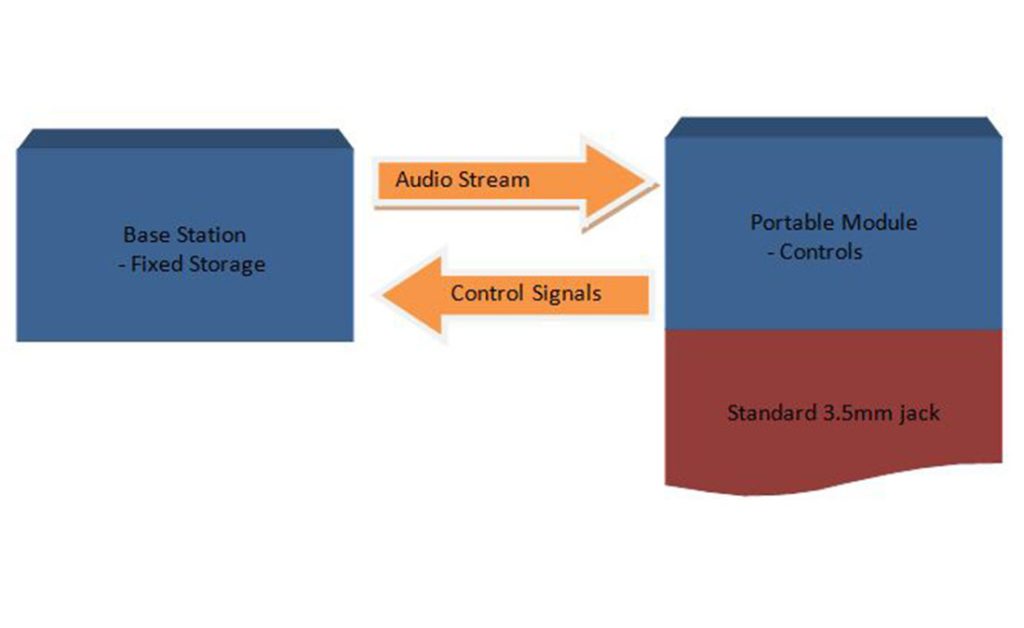Wireless Nixie Thermometer
The Target of this Project was to learn how to use different functions of the atmega: • Connecting two Atmegas with a wireless connection • Each Atmega has a Thermometer (DS1621) to read the actual temperature • Use the sleep Mode of an Atmega • Controlling a Nixie bargraph In-13 And this all together is […]
Wireless Nixie Thermometer Read More »

